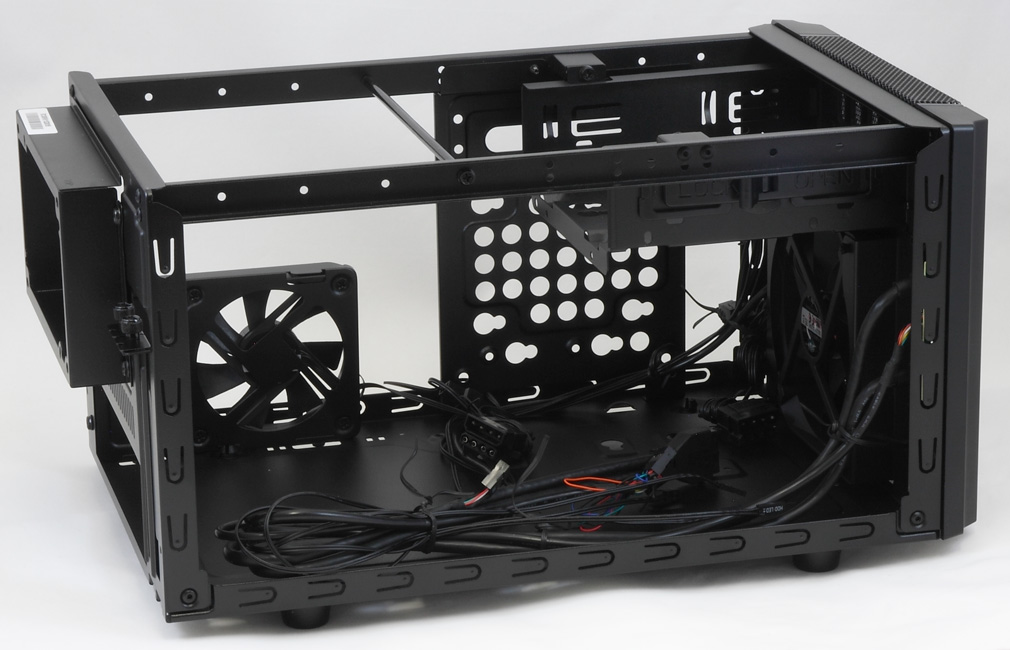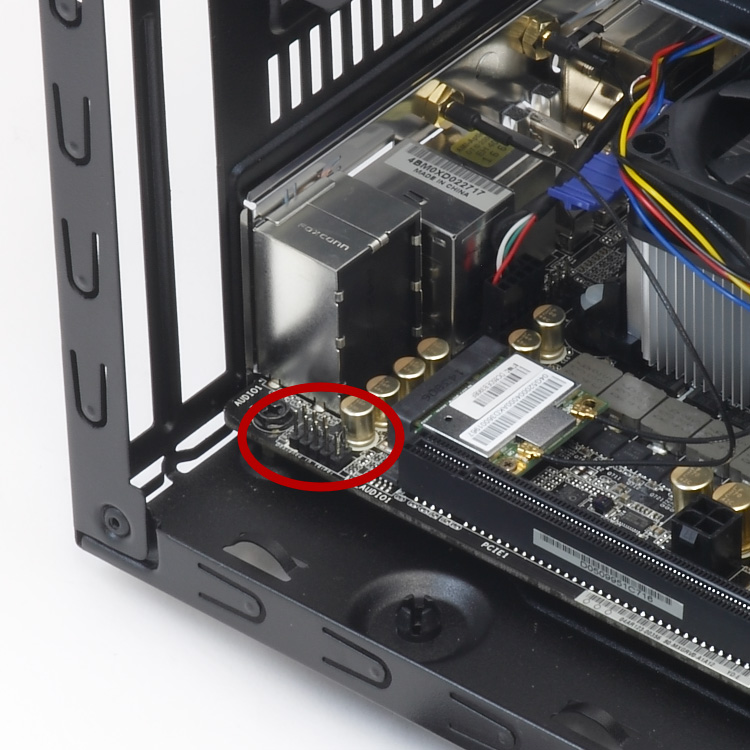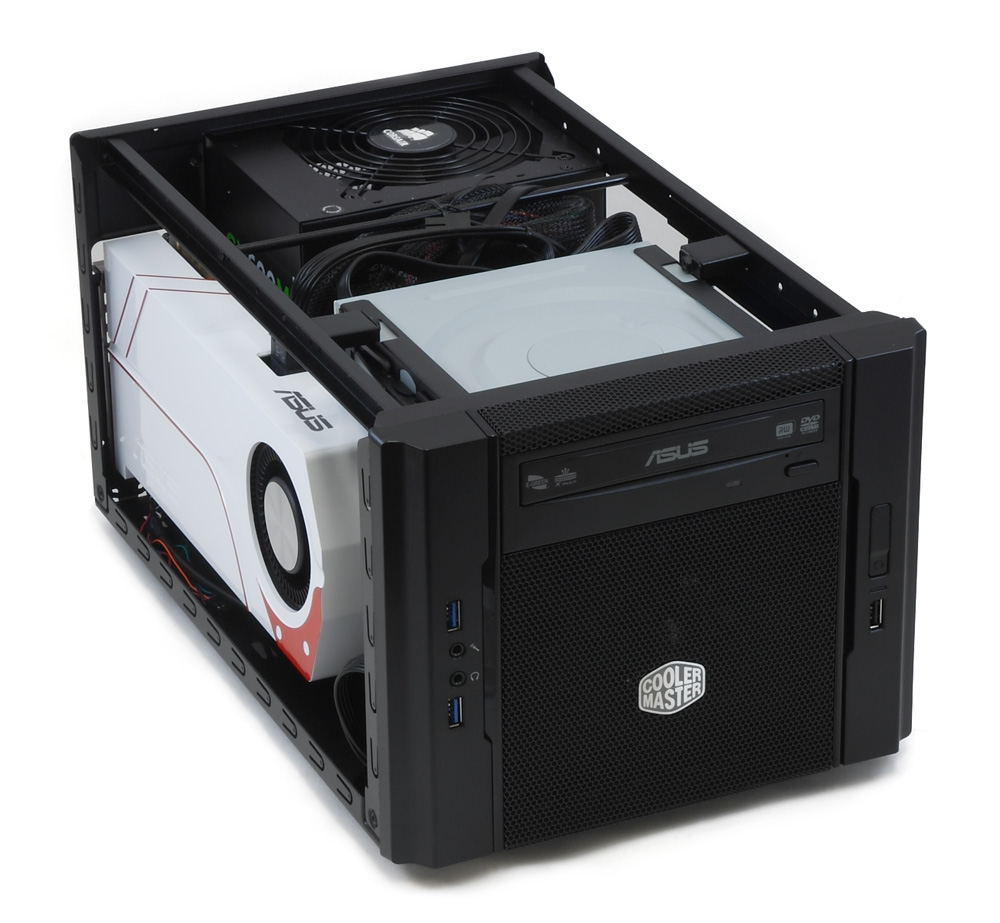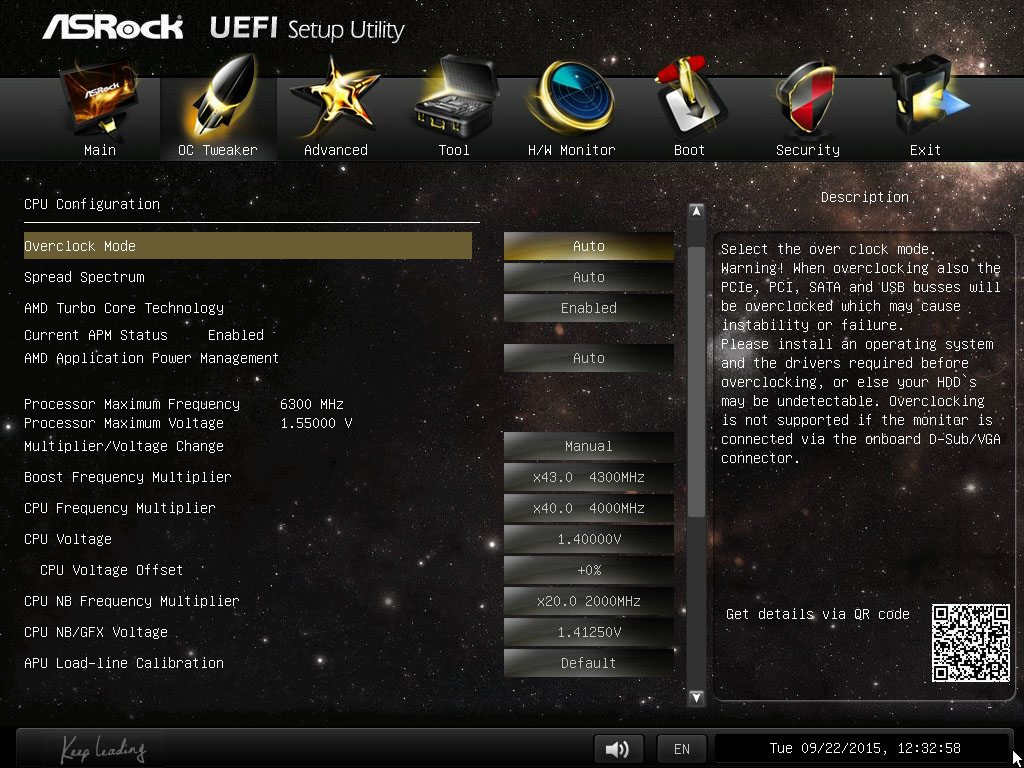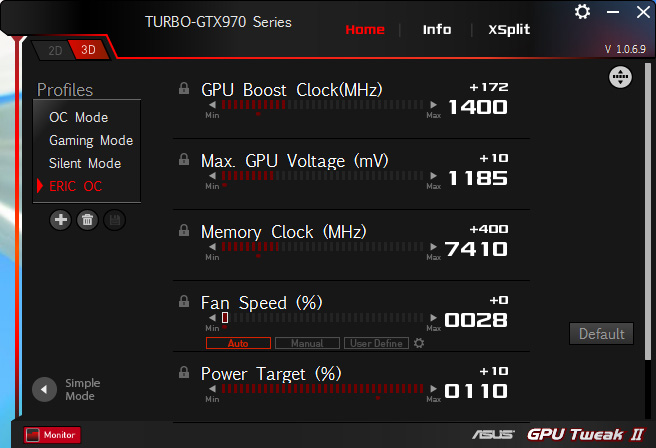System Builder Marathon Q3 2015: AMD Mini PC
This quarter we're building three equally priced PCs, with no theme restrictions! First up is an AMD-based Mini PC for LAN parties dubbed the "Munchkin."
Munchkin, Assemble!
Assembling the build was… an experience. Even if all the parts can fit together, the order of assembly becomes very important in an ITX build. Unlike a tower case, you can't remove any part at any time. Installing one component usually blocks access to anything previously installed. Once most of the pieces were in place, adjusting anything meant removing at least the GPU and usually the DVD drive too.
The Elite 130 case sports two fans, but my motherboard only had two fan headers, and I needed one for the CPU cooler. The case did come with some 4-pin Molex fan adapters, but I pulled an old fan splitter cable from a drawer and used that. Is that cheating? Considering fan splitters are only $3, I'm still within the $800 budget had I bought one with the rest of the parts. And while it's nice for case manufacturers to include fan power adapters, I would ask them to switch away from 4-pin Molex and start using SATA power plugs instead.
The biggest obstacle I faced during assembly was the hard drive. The Elite 130 offers a few mounting points for hard drives and finding the most harmonious location took a few attempts. I originally had it on the case floor in front of the motherboard, however that put it very close to the GPU, and safely threading the data and power cables in the crevices was difficult. I moved it to the opposite wall of the GPU and had a lot more success. This moved it closer to the DVD drive, meaning I could use the shorter SATA power cable from the PSU. It also somewhat closed off the vents on that side. This resulted in the drive not only being cooled by the intake fan, but also channeling the air to the CPU cooler.
While the hard drive placement was a bit of a puzzle, it never actually prevented pieces from fitting together. I can't say the same about the motherboard, or more particularly its HD audio header. The front audio jack is located right at the head of the PCIe slot. I have no idea why ASRock would decide to put it there since the audio cable now has to smash under the GPU cooler shroud. The Elite 130 comes with both HD audio and AC97 jacks. Since AC97 uses fewer cables I was able to fit that underneath. Fitting the HD audio cable required me to trim the plug a little, but I'm handy with a Dremel.
Here you can see the importance of a modular PSU in a case like this. All the cables behind the optical drive may look like a rat nest, but they're actually carefully bundled together and out of the way. I don't know where I would've put the extra power cables from a non-modular PSU without negatively impacting airflow to the CPU.
After running the bench suite at stock clocks, it was clear that overclocking the CPU wasn't an option. During the heavy-hitting benches, the CPU would throttle back to 3.5 GHz due to heat. That was expected. The only thing I could do was raise the maximum turbo multiplier to let the CPU speed up during single-threaded work.
I looked to see if I could improve the cooling situation at all. I wasn't going to exhaust the CPU heat through the PSU since I view that as a short-term gain, long-term loss. The small 80mm fan on the side normally acts as an intake. Since it's right by the RAM and CPU, I thought switching it to exhaust might act like a push-pull configuration with the intake fan, placing the CPU in the middle. Temperatures actually climbed a bit after reversing it. My guess is that the Elite 130 has so much mesh on the panels that getting hot air out of the case isn't difficult. It's more important that the side fan deliver a blast of fresh air right by the CPU.
Get Tom's Hardware's best news and in-depth reviews, straight to your inbox.
RAM overclocking was an interesting affair. Left on "auto", the FM2A88X-ITX+ actually ran the RAM at DDR3-1600 8-9-9-24. However it only handles RAM timings on full automatic or full manual. Most boards I've recently worked on will take the primary timings you enter and then automatically calculate the secondary and tertiary timings to match. The ITX+ wouldn't do this. If I wanted to override the XMP timings with a higher frequency, I would have to manually specify every single timing. I didn't have time to optimize the RAM in that detail. I did have Patriot Viper and Corsair Vengeance RAM kits sitting around that I use for motherboard reviews.

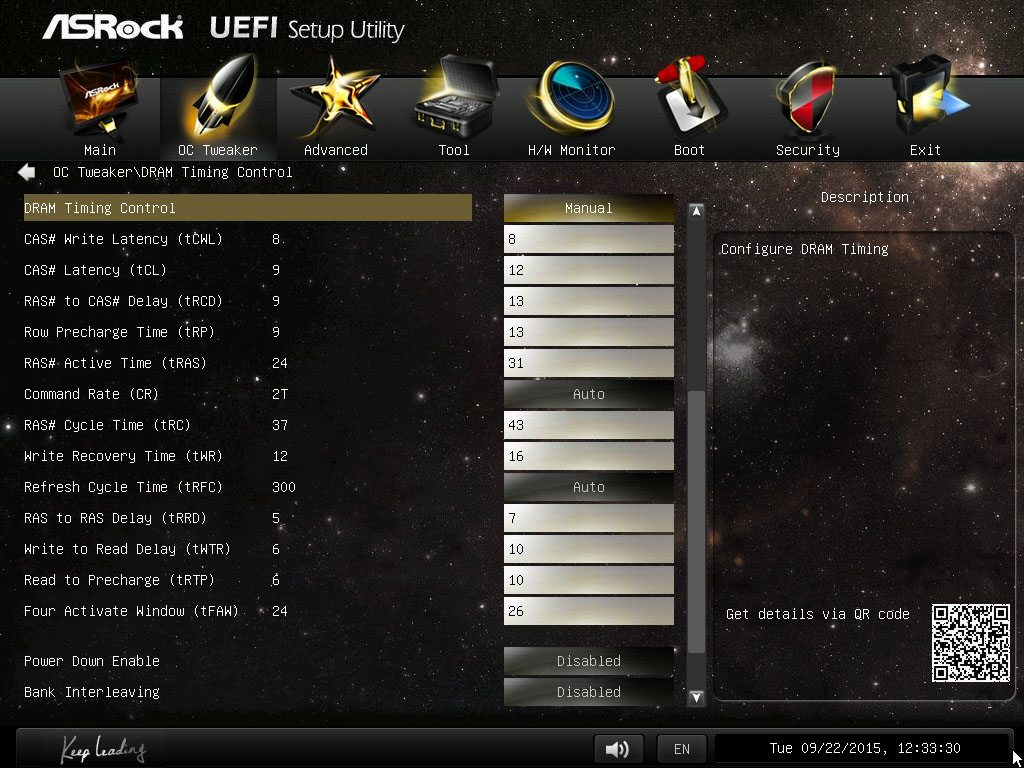
I plugged in each, enabled their XMP profiles, and started testing how high the board could go. The ITX+ couldn't reach the Vengeance's native DDR3-2800 speeds at any level, but both were stable at the Viper's slower DDR3-2400 setting. I saved their timing configs to a BIOS quicksave slot and swapped back to the SBM RAM. After a quick prayer I tried booting the RAM at the new settings. The SBM gods were with me and it worked. The Viper kit had slightly tighter timings at 11-13-13-31 (remember, the Vengeance XMP was 12-14-14-36 at 2800) so I went with those. I increased the northbridge from 1800 MHz to 2000 Mhz and started stress testing. A few errors showed that the RAM wasn't fully stable. I bumped it down from CAS 11 to 12 and had no problems.
The 970 was the last thing on my overclocking plate. I know MSI's Afterburner is a popular program, but since this is an Asus card, I went with Asus' GPU Tweak II. The 970's stock speed is 1050 MHz with 1178 MHz boost and 1750 MHz memory (7000 MHz effective). Asus factory-overclocks their Turbo to 1088MHz/1228 MHz and adds a tiny 2.5 MHz increase on the memory. Raising the target power to 110 percent and adding 10mV to the GPU, I was able to increase the clock to 1400 MHz (1450 MHz boost) and the memory to 1852.5 MHz (7410 MHz effectively). I left the fan control on auto and limited the GPU temperature to 87 degrees.
Finally, I taped up the inside fan intake on the GPU. The GPU fan is only an inch or two from the main case intake fan, and I felt the GPU was stealing the intake air away from the CPU. The case panel is fully vented, so the GPU still had plenty of breathing room.
